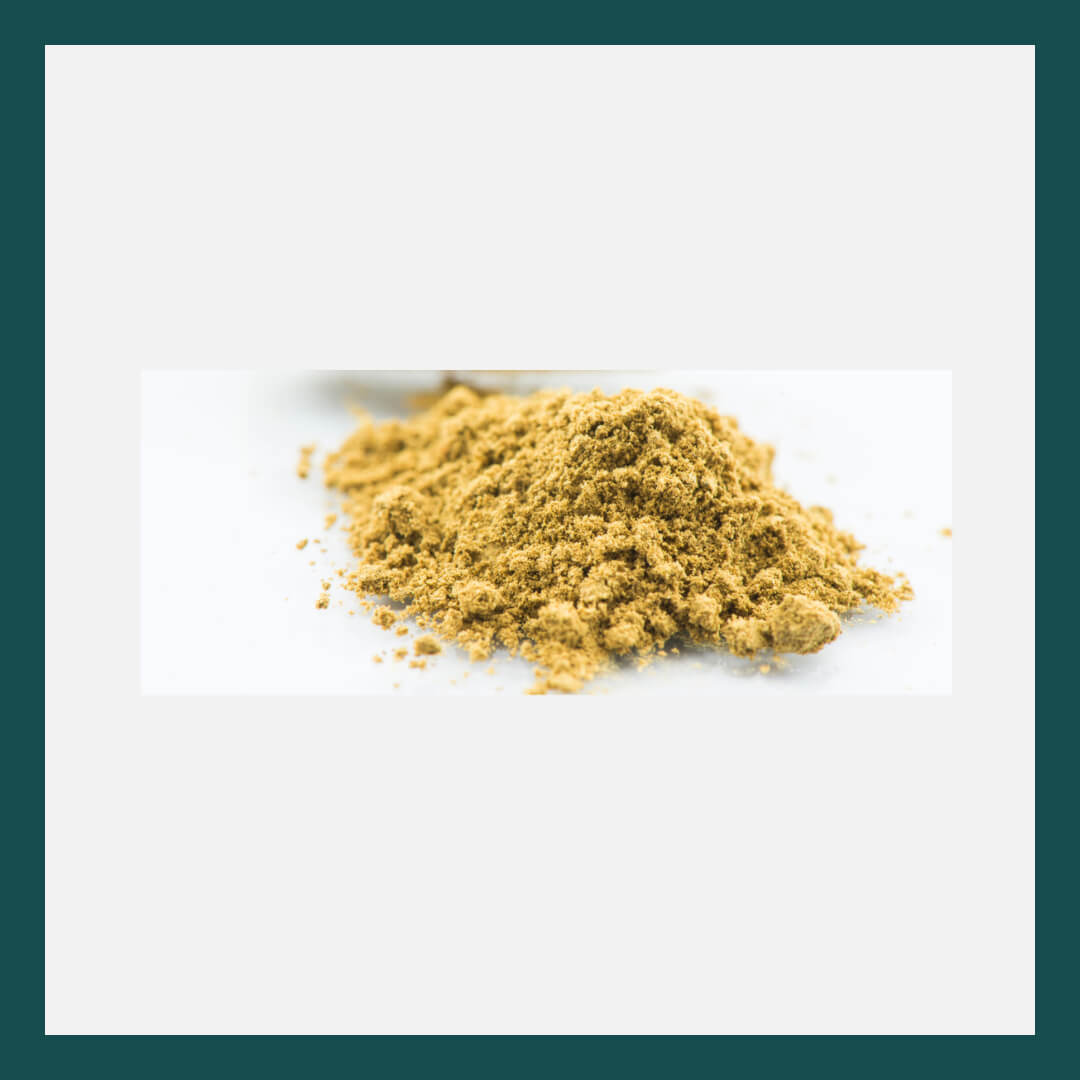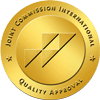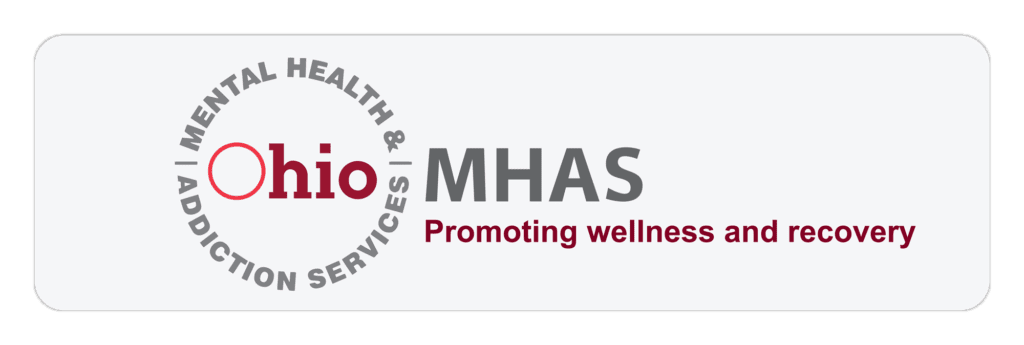About Nitazine (ISO): Types, Names, Effects, Risks
Nitazene's popularity and Ways to Get Help
- Febuary, 2023
- Prosperity Haven Staff
- Drug Treatment

In June of 2022 the U.S. Drug Enforcement Administration notified the public of the emergence of a novel drug being mixed into other drugs such as heroin or fentanyl in some U.S. states. Nitazene (or Nitazine) began to enter the public awareness and discussion. In April of 2022 Ohio’s Attorney General sought to raise local awareness of the dramatic increase of nitazene cases being detected in the state by pointing to a seven-fold jump in cases from 2021 to 2022. The Attorney General notably labeled the drug as “Frankenstein opioids” due to its strong effects.
While the drug still remains relatively uncommon, proper estimates of its prevalance are not yet available due its novelty and the inability of typical drug tests to identify it, leaving the extent of its use and dangers mostly unknown. In this guide we explore nitazene and its unique set of facts.
As the United States enters it’s third decade of a growing opioid crisis, new and powerful synthetic opioids have quickly become the leading cause of concern. Nitazenes – a group of synthetic opioids that is much more potent than heroin, morphine, or fentanyl – are some of the newest of these opioids sweeping the country.
Many health officials, nationally and locally, are warning that we may be watching the unfolding of a highly troubling and new wave of brutal synthetic opioids across the U.S. And an increasing amount of officials and addiction professionals are attempting to raise public awareness as a first step to nipping this crisis in the bud.
In This Article
What are Nitazenes? What other Names or Types are there?
Nitazenes (often spelled Nitazine), also known on the street with slang names such as ISO or Toni are a class of synthetic opioids belonging to the benzimidazole structural class, many of which are equally or even more powerful than fentanyl. According to the Centers for Disease Control and Prevention, more than 56,000 synthetic overdose deaths occurred in 2020 – largely due to fentanyl, but more powerful synthetic opioids like nitazenes are quickly becoming part of the calculation. There are over ten different substances that fall under the nitazenes/benzimidazole umbrella. Among them are nitazene like substances with other, similar names:
- Isotonitazene
- Flunitazene
- Metonitazene
- Protonitazene
- Etonitazene
- Clonitazene
The potency of each specific variation of this substance varies. Researchers have concluded that etonitazene (scientifically known as Pyrrolidino Etonitazene, and on the street as Pyro) is over 40 times more potent than fentanyl, and about 1000 times more potent than morphine. Isotonitazene, which is the form that is more commonly seen in the United States, is reported by the World Health Organization to be 500 times more potent than morphine, making it far stronger than fentanyl as well. In their powder form, nitazenes can appear off-white, brown, or yellow. Yet more often, these powerful drugs are mixed into other drugs or pressed into pills that resemble prescription medications and blue fentanyl-like round pills.
"Mixing" & "Cutting": Nitazene as an Adulterant for polydrug use
In the vast majority of cases where nitazenes have been found in a toxicology report, they were present alongside several other drugs, suggesting that nitazene is typically used as an adulterant or in combination with other drugs. Nitazine may be used to make illicit drugs such as heroin more potent, as a substitute for fentanyl, or can be contained in counterfeit pills meant to resemble prescription drugs such as oxycodone or Dilaudid.
Yet unlike the synthetic opioid fentanyl, there is currently no way to test for nitazene contamination outside of sending drugs to a specialized laboratory for a time-consuming screen. Many drug users can be completely unaware that they are taking a powerful synthetic opioid, which puts them at significant risk of accidental overdose.
Effects of Nitazene Drug (ISO) Use
Nitazenes, like many other opioids, provide their recreational effect by binding strongly to opioid receptors throughout the brain. Activation of these receptors can have several effects, including:
-
Drowsiness
-
Relaxation
-
Euphoria
-
Itchiness
-
Constipation
-
Respiratory depression
Opioids are highly addictive, and can quickly lead to both a high tolerance and physical dependence upon the drug. Nitazenes are considered even more addictive than opioids like heroin or morphine, due to their extremely high potency, which can accelerate the process between substance use and a substance use disorder.
Risks and Dangers of Nitazene Misuse or addiction
The primary risk for nitazenes or nitazinecomes from their high potency. A trivially small dose of the nitazene ISO can result in a drug overdose, where breathing slows to a halt, often resulting in death. Nitazine overdose can be reversed using the opioid reversal drug naloxone the opioid reversal drug that usually comes two to a pack. But since nitazenes are so powerful it can often take several administrations -possibly four doses, according to the CDC, before the effects are reversed.
If a person becomes addicted to nitazenes, or is using opioids contaminated with nitazenes, there is also a high risk of developing an addiction. People who become addicted to opioids are often unable to cut down or stop using on their own and face several physical and mental health side effects as a result of their substance use. Addiction can cause people to lose their relationships, jobs, and hobbies to their drug of choice.
After a person has used nitazenes for just a few days, they can experience intense physical and psychological withdrawal symptoms if they suddenly stop. This can include, but is not limited to, symptoms such as shakes, nausea, vomiting, intense drug cravings, and a wide range of mental health consequences. Most people who become addicted to nitazenes will need the help of professional addiction treatment services in order to achieve recovery.
The Spread of Nitazenes Substances in The United States
Nitazenes – from a drug class known as benzimidazole-opioids, were discovered in 1957 by a Swiss pharmaceutical company researching new forms of pain killers. At the time of their discovery, they were considered too potent and too addicting to bring to market. Yet in mid-2019, isotonitazene began to be seen in some toxicology screenings following suspected opioid overdoses. The presence of this highly potent drug quickly spread across the United States, sounding an alert across both public health and law enforcement professionals.
At the time, there was no legal precedent making it illegal to purchase nitazenes. Entrepreneurial drug users could request that chemical manufacturers produce and ship substances like isotonitazene to them directly without fear of legal repercussions. Typically, these chemical manufacturers are located in China, which can produce high quantities of nearly any organic chemical and ship them overseas.
Reports of these substances to the National Forensic Laboratory Information System (NFLISDrug), began to re-emerge in 2019 after several reports of
clonitazene and etonitazene in 1999-2004. By mid-2020, the DEA had issued a temporary classification of isotonitazene as a Schedule I controlled substance, which was solidified into law in late 2021. They are not approved for medical use anywhere in the world but are currently being made in clandestine labs. But just as isotonitazene was outlawed, other drugs from the nitazene family, such as metonitazene, were beginning to spread across the Midwest and Eastern seaboard. In Tennessee, the number of nitazene reported overdoses quadrupled between 2020 and 2021, indicating that their prevalence is on the rise.
Can Nitazene Misuse surpass Fentanyl as the Next Challenge in the Opioid Epidemic?
As of now, nitazenes still make up only a small percentage of illicitly used opioids. Yet their extreme potency is clearly a cause of concern, as these powerful drugs are more likely to lead to overdose and addiction. Further, treating synthetic opioid addiction is often much more difficult than treating a heroin or prescription opioid addiction, as the withdrawal symptoms are often much more severe.
While nitazenes may only play a small role in the illicit drug trade for now, their use is multiplying year by year. For perspective, as early as 2014, fentanyl was only responsible for a small percentage of overdose deaths. Today, it is the single leading cause. When fentanyl first became a cause of concern, most reports were that it was being used as an adulterant with other illicit drugs, yet today it is often used in isolation. Nitazenes seem to be following a similar trajectory, and may be the next major health challenge in the United States.
Getting help for Nitazene ISO drug addiction or misuse
If you or someone you know may be struggling with unwanted nitazine misuse, they may be stuck in a cycle of addiction, which can be almost impossible to break out of alone. Addiction usually causes one to obsess over the substance they have developed a dependency on, and to seek it out and use it at all costs, even when it may be detrimental to them or their relationships. Additionally, most addictions stem from an underlying emotional or mental cause which may need to be addressed professionally and carefully in a thorough and deep manner.
If someone you care about is exhibiting signs of social or emotional deterioration, as well as other behaviors that may hint at a substance misuse or addiction, you might want to help them research the best available options for caring for and recovering from addiction. Someone stuck in a cycle of addiction may need longer term inpatient care, or a lower level of care, depending on their situation and circumstances. This evaluation is best done by a trained and certified addiction treatment specialist or a doctor. Quality addiction rehabilitation facilities provide access to proper evaluation of treatment needs, along with full applicable health screenings.
Along with finding the suitable care options, you may want to turn to an addiction care provider to assist you in finding a way to encourage and convince the one struggling with addiction to go ahead and commit themselves to treatment. This intervention is usually successful only when approached with sincere respect and compassion.






